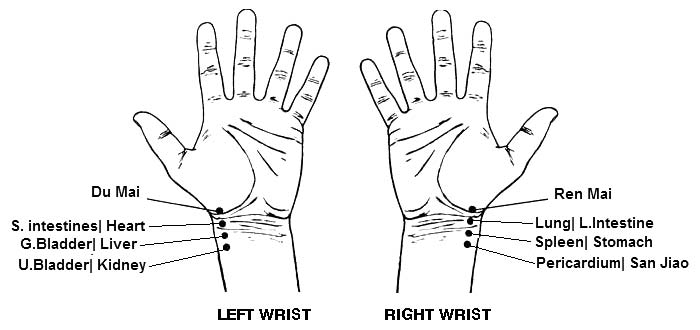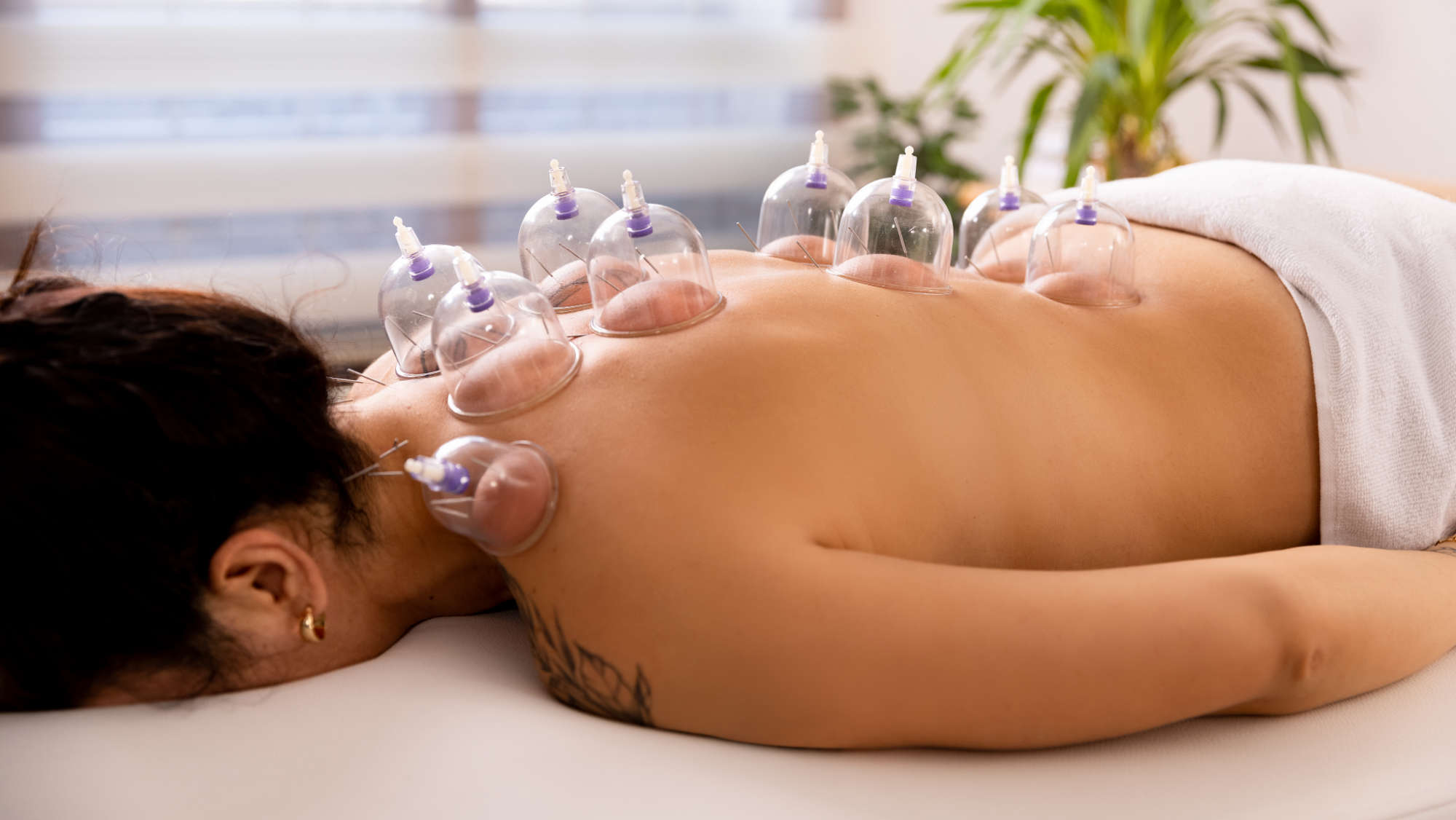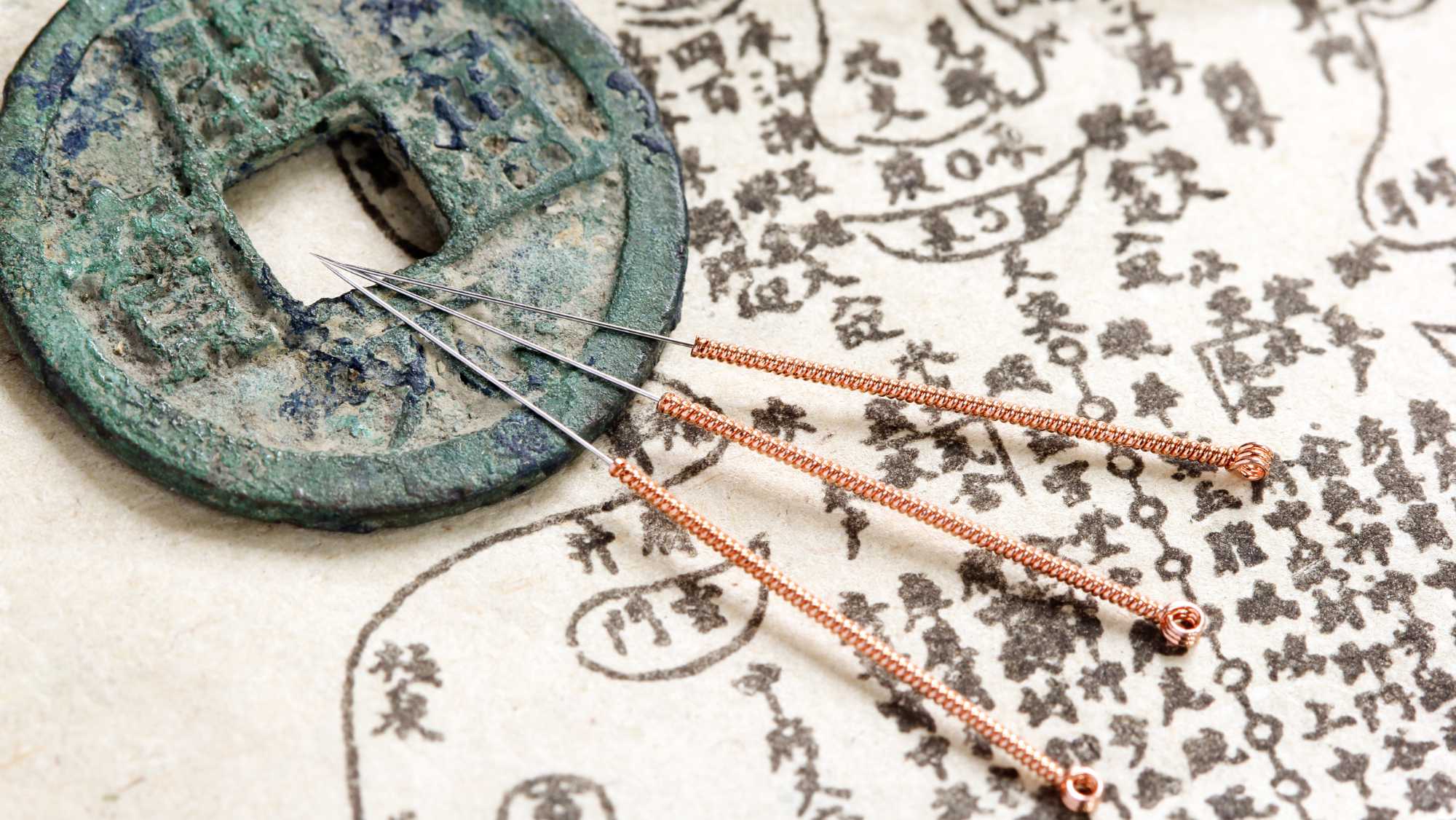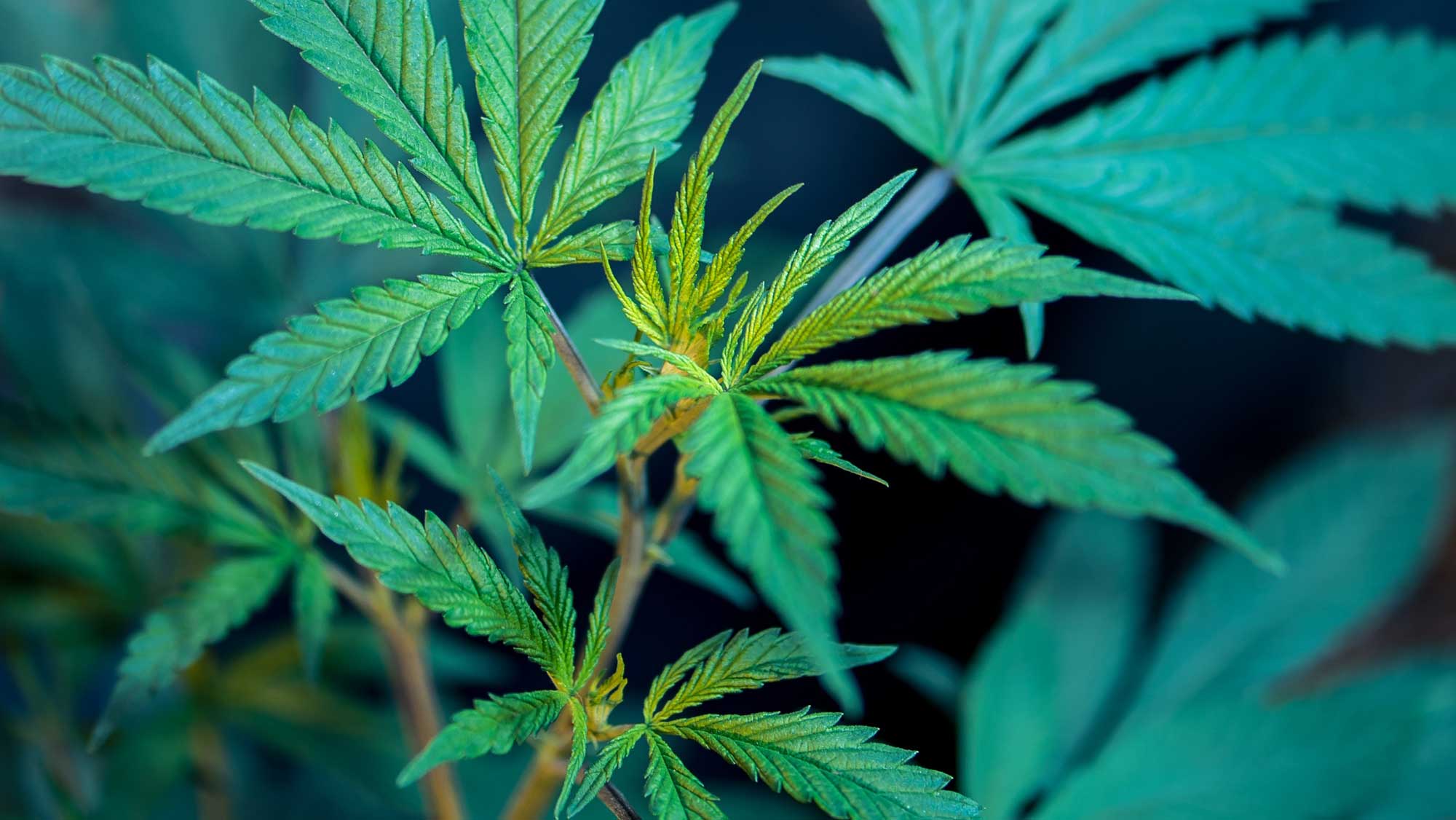The pulse is measured in both Western medicine and Chinese medicine, but there are key differences. In Western medicine, we typically measure the heart rate, which is taken with blood pressure as part of a standard physical exam. In Chinese medicine, pulse diagnosis is a significantly more developed diagnostic tool, one that practitioners use to assess the health of all the major organ systems of the body.
Why do acupuncturists check your pulse?
Along with tongue diagnosis, Chinese medicine pulse diagnosis is like the “MRI” of traditional medical systems. Before modern imaging techniques, healthcare practitioners needed ways of evaluating what was happening inside the bodies of their patients. Although technology has developed significantly over time, pulse diagnosis remains a very helpful tool in assessment and diagnosis.
What does an Acupuncturist look for when they check your pulse?
In addition to assessing the heart rate at the radial pulse (the pulse felt next to the wrist), traditional pulse diagnosis also assesses up to 28 different pulse qualities. Each of these qualities gives the practitioner information about the state of the patient’s health and well-being. We’ll discuss a few of the most important qualities.
Pulse Qualities
These are some examples of the major pulse qualities. In Chinese medicine, each type of pulse quality relates to a Chinese diagnosis, as well as particular physical and mental/emotional symptoms:
Rate:
- A fast pulse indicates excessive “heat” in the body. This pulse is often present when there is a fever, an inflammatory condition, or increased stress on the nervous system.
- A slow pulse indicates a “cold” condition or could point to a particular body system that is functioning in an inefficient or sluggish way. This pulse is often present when there are problems with blood circulation, cold hands and feet, etc.
Strength:
- A strong pulse indicates “excess” of some kind in the body. This pulse is often present with stress, anger, high blood pressure, and headaches.
- A weak pulse indicates a “deficiency” of some kind in the body. This pulse is often present with fatigue, weakness, insomnia, low blood pressure, and depression.
Width:
- A thin or thready pulse indicates “Blood deficiency” or “Fluid deficiency.” This pulse is often fatigue, weakness, insomnia, nutrient deficiencies, and sub-optimal digestive absorption.
- One of the most typical wide pulses is called a rolling or slippery pulse – this one feels something like small beads rippling underneath the fingers This pulse indicates food stagnation in the intestines, or a build-up of phlegm somewhere in the body. This pulse is often present with a variety of digestive problems and sinus/allergy congestion issues.
These and other pulse qualities help us determine what is happening in the body on a macro level. The positions of the pulse show us more specifically where these things are happening.
What is a good pulse rate?
In Chinese pulse diagnosis, pulse rate is only one of many qualities taken into account when observing a patient’s health. In addition to rate (fast—indicating excessive heat—or slow, indicating stagnation), acupuncturists and Chinese Medicine herbalists will observe the pulse’s strength and width. All of these qualities can manifest in multiple different ways based on a patient’s set of conditions.
What is the normal strength of a pulse?
One way to observe a pulse’s strength is to look at its length. A pulse can be perceived as shorter or longer, and this reflects the blood’s strength and energy flow throughout the body. The length or strength of the blood flow is measured by how the pulse is felt when all three fingers are resting along the artery, in the three positions indicated in the graphic below.
A pulse is considered “long” if the pulse is felt through and even exceeds all three fingers. A longer pulse can be normal if there are no other red flags presenting as other pulse qualities.
A short pulse that is not felt along all three fingers could mean a number of things. If it is a short and weak pulse, it could indicate an energy deficiency, with the body unable to move the blood properly. If the pulse is short and pumpy or forceful, it could indicate stagnation or blocks in the system that prevent the blood from moving smoothly.
What is pulse width?
In Traditional Chinese Medicine (TCM) pulse diagnosis, the pulse width is thought of as the intensity or amplitude of the pulse (as opposed to the length of the post, which measures how far down the artery the pulse can be felt). Pulse width in TCM can present in numerous ways, with each presentation indicating an internal condition. For example, the pulse width can be felt as thin, thready, rolling or slippery.
Pulse Positions
Over the past 2000 years, Chinese physicians have mapped out which pulse positions correlate to which parts of the body. (In Chinese Medicine, different areas of the body are designated by meridians, also called channels. For more on meridians see our article on acupoints and their meridians.) The graphic below shows the meridians associated with each pulse position.

Using the Pulse for Differential Diagnosis—A case of low back pain
One of the benefits of pulse diagnosis is the ability to help us make a differential diagnosis. This type of diagnosis differentiates the cause of a particular symptom. For example, if someone has low back pain, that pain could be caused by two, three, or four different factors. Differential diagnosis identifies which factor(s) are most likely causing the pain.
To elaborate, let’s say a patient has low back pain. The acupuncturist feels their pulse, and asks a few questions about what’s happening:
- If the low back pain is sharp, tense and knotted, and the pulse is strong, it’s a case of “excess” type low back pain
- If the low back pain is dull, the back feels weak, and the patient feels generally drained and tired, it’s a case of “deficiency” type low back pain.
Depending on the differential diagnosis, the acupuncturist will then select the appropriate acupuncture points, herbal medicine formulas, and dietary and lifestyle recommendations.
The Pulse and the Body-Mind Connection—how does Chinese Medicine look at stress?
The pulse can be a great tool for better understanding the connection between body, mind, and lifestyle behaviors. To see how this works, let’s take a look at two cases of stress that commonly show up at the clinic.
- If someone is stressed, and the pulse is strong, especially in the Liver position (the middle position on the left hand – see previous graphic), the acupuncturist would then ask the patient the following questions:
- Do you typically experience your stress as anger, irritation and frustration frequently or easily?
- When stressed, do you get headaches?
- Does your stress tend to collect in your upper back, shoulders and neck?
- Do you tend to feel a lot more relaxed, happy and energized after exercise, and/or after a couple drinks?
These symptoms are all related to “excessive” functioning of the Liver and the Liver meridian. The acupuncturist would then choose a set of acupuncture points based on this diagnosis.
- If someone is stressed, and the pulse is weak, especially in the Spleen/Stomach position, the acupuncturist would then ask the patient the following questions:
- Do you worry a lot, or have obsessive or ruminating thoughts?
- When stressed, do you get stomach issues?
- Does your stress tend to collect in your stomach and abdomen?
- Do you tend to feel even more tired after exercise, and sleepy and foggy headed after a couple drinks?
These symptoms are all related to “deficient” functioning of the Spleen/Stomach organs and Spleen/Stomach meridians.
Getting a pulse diagnosis at the clinic
For thousands of years, Chinese Medicine practitioners have observed the pulse to get a better understanding of what is happening internally. Used this way, the pulse is far more of a diagnostic tool than it is in Western medicine (where it is primarily used to observe the heart rate and regularity). Chinese pulse diagnosis provides insights about internal inflammation, stagnation, excesses, deficiencies, and more – even indicating the location of these conditions.
At our clinic, pulse diagnosis is often a part of the first acupuncture appointment, and always part of our herbal consultations. If you are interested in coming in to see us, you can contact us with any questions or schedule an appointment online.







